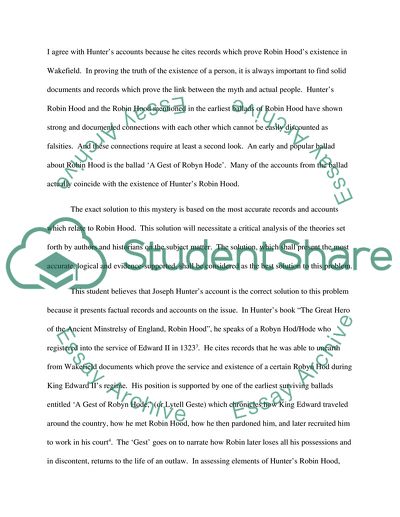Cite this document
(The Outlaws of Medieval Legend: Robin Hood Literature review, n.d.)
The Outlaws of Medieval Legend: Robin Hood Literature review. Retrieved from https://studentshare.org/literature/1727984-historical-research-paper
The Outlaws of Medieval Legend: Robin Hood Literature review. Retrieved from https://studentshare.org/literature/1727984-historical-research-paper
(The Outlaws of Medieval Legend: Robin Hood Literature Review)
The Outlaws of Medieval Legend: Robin Hood Literature Review. https://studentshare.org/literature/1727984-historical-research-paper.
The Outlaws of Medieval Legend: Robin Hood Literature Review. https://studentshare.org/literature/1727984-historical-research-paper.
“The Outlaws of Medieval Legend: Robin Hood Literature Review”, n.d. https://studentshare.org/literature/1727984-historical-research-paper.


